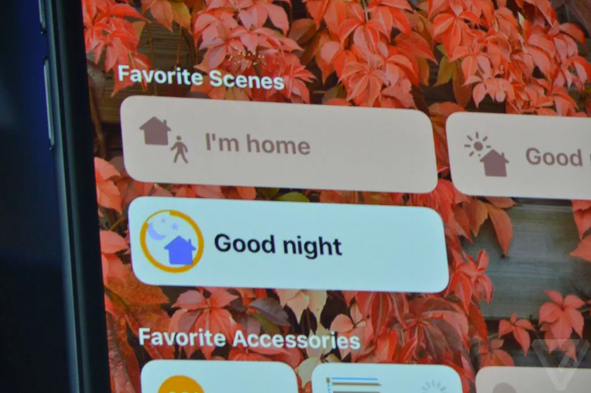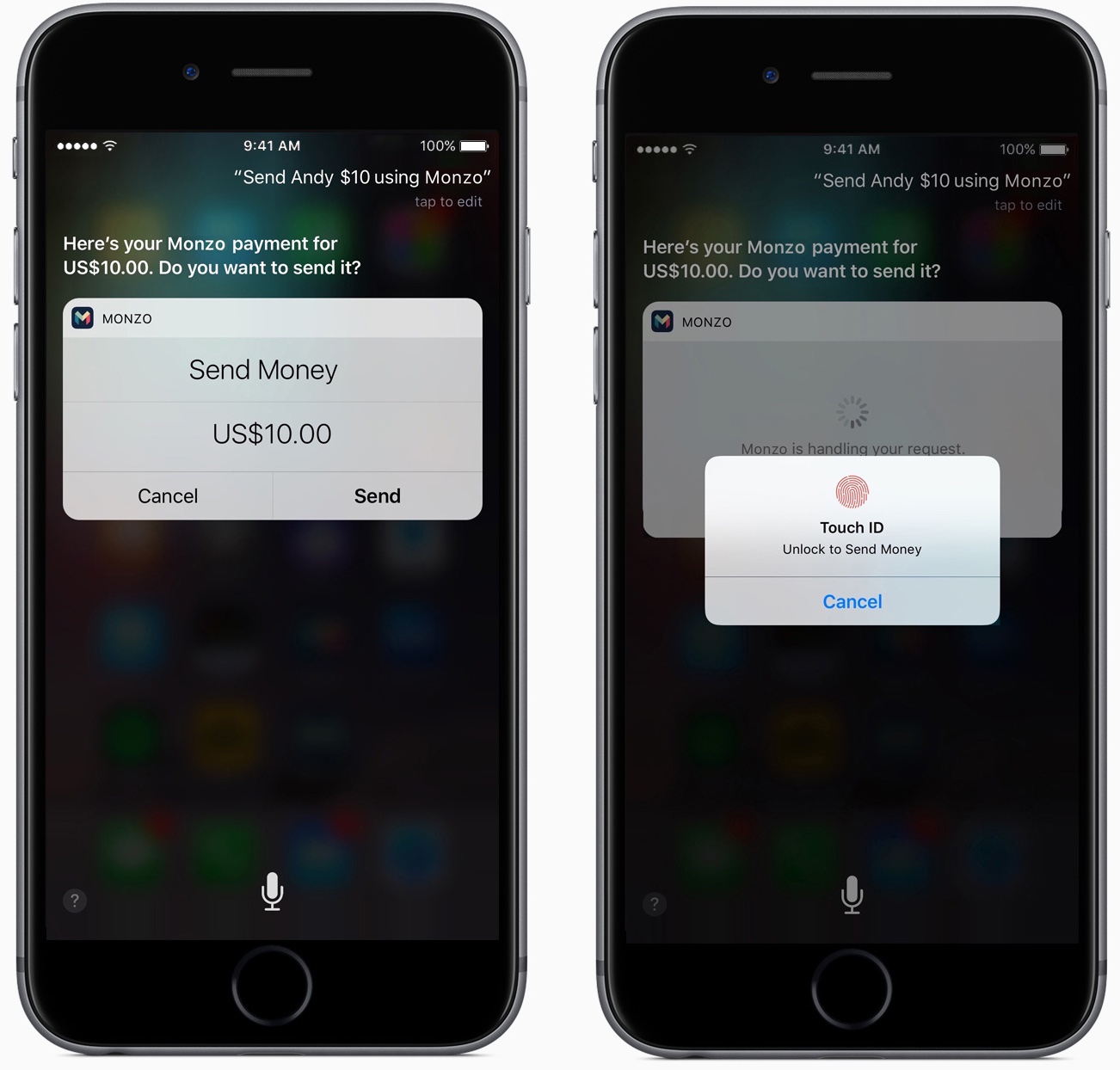Anyone engrossed in the tech scene knows the Internet of Things is one of the trendiest technology topics on the web. The IoT is shaping our world and building fortunes for innovators, futurists and top app development companies. However, in the common household, the IoT has yet to break through to the mainstream. The biggest company in the world is now looking to enact change.
Tim Cook, in his September Announcement, declared that iOS 10’s HomeKit update is the first time home automation has been integrated with a major platform. While Apple introduced HomeKit in 2014 with iOS 8, iOS 10 comes with a dedicated app called Home that controls all home automation devices.
HOME IS A HOME RUN

Home combines IoT technology with the masterful UI of iOS. Previous iterations of iOS and HomeKit required the user to manage each interface separately. So if a phone had 20 HomeKit apps, they would have 20 user interfaces to manage. The Home app unifies HomeKit apps, creating a central control center for all home automation applications.
With over 1 billion active Apple devices across the world, Home enters the market with giant global reach. Virtually every major manufacturer of home automation devices now supports HomeKit. Accessories cross all major categories, from lights and air conditioners to window shades, locks and home security. Commercial IoT companies now have massive domestic reach, and iOS users have more incentive to update their homes than ever before.
HAVE SIRI SET THE SCENE

One of the coolest features of Home is the Siri integration. Users can control Home from both the Control Center and Siri, but Siri can work at the speed of your language. Siri’s ability to handle multiple requests means users can accomplish their ideal environmental preferences in the speed of a sentence. Apple refers to these combination commands as “scenes” and users can give “scenes” a nickname. A rambunctious user might say “Hey Siri, let’s get funky,” prompting Siri to lock the doors, dim the lights, put Barry White on the speakers at a reasonable volume and provide the most apt customized ambience for the user to rock out.
THE APPLE TV IS THE HEARTH
The fourth generation Apple TV can also act as a hub for the Home app, with the Siri Remote making it easy to control your home on the go. Apple TV’s seamless integration with HomeKit and other iOS products makes it the ultimate smart TV for a smart home, providing yet another reason for consumers to consistently buy iOS products.
BUILDING COMMERCIAL IOT FROM THE GROUND UP
The Home Automation page on the Apple website is a clear indicator of Apple’s intentions to not only be a household name, but to be the name on your household. The company already has a major market share of phones, tablets, computers, TVs and watches. They are rumored to be looking to acquire McLaren as a part of Project Titan. Apple understands that the ubiquity of the iOS platform makes them the most appealing platform for manufacturers of smart devices. Apple also announced that leading home builders, including Brookfield Residential, KB Home, Lennar Homes and R&F Properties, are integrating many HomeKit devices into new homes.
With the Apple Home potentially on the horizon, one can only wonder how much of Apple’s vision of the smarthome will be realized in the next 5-10 years.




